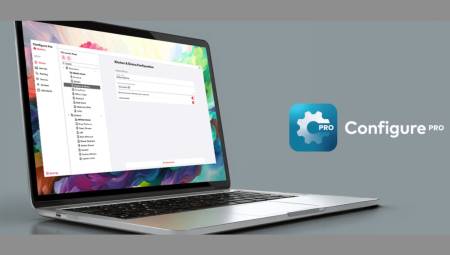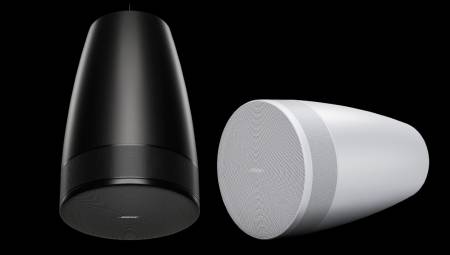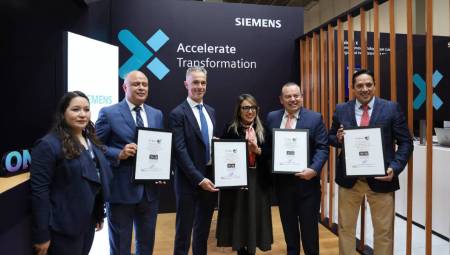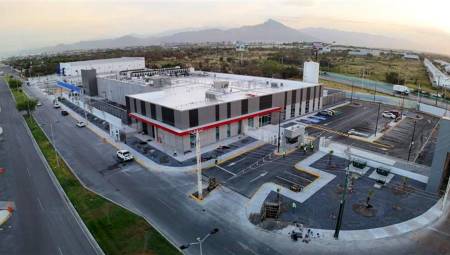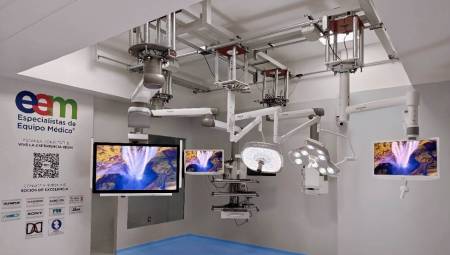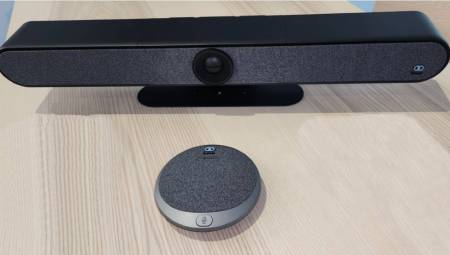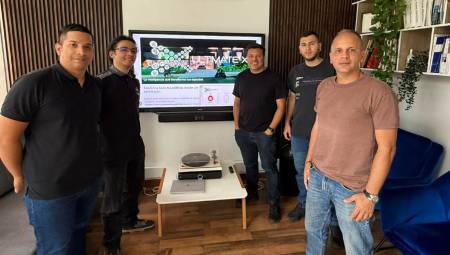 Latin America. The telecommunications industry integrates a number of powerful technology leaders who are hastily forcing an evolution in business models and revenue streams.
Latin America. The telecommunications industry integrates a number of powerful technology leaders who are hastily forcing an evolution in business models and revenue streams.
Mobility, Cloud Computing and Big Data, to name a few, are redefining existing infrastructure in different ways and each of them, are causing fundamental changes in the infrastructure that is designed, built, operated, managed and monitored.
These changes, such as increased network speed, infrastructure density, and virtualization, have presented problems in terms of visibility and virtualization declined. If you, as a CIO or network administrator, cannot monitor them effectively, you will not be able to manage them or guarantee their operation and the security conditions they must have.
The use of smartphones and tablets has grown exponentially in recent years and this market shows no signs of slowing down. Adoption in Europe, the Middle East and Africa is very diverse, which is why creating unique conditions for each of these countries. Europe has a massive infrastructure of fixed low-density, 2G and 3G lines that slowed down the deployment of 4G and high-speed broadband network. Africa , on the other hand, due to its geography and security problems, brings a challenge to communications that are implemented within remote areas.
In the Middle East, the very rapid deployment of technology and high data roaming charges cause subscribers to switch contracts and cellular devices frequently. With such a diversity of traffic on the network and the dynamic nature it becomes difficult to monitor, manage and implement security tools to correctly see the traffic they need, which can cause difficulties in diagnosing and solving any problem.
Additionally, operators are increasingly turning to virtualizing both servers and network functions in order of maximum capacity. Virtualization allows service providers to greatly save costs by streamlining infrastructure management, as well as improving space and energy efficiency. However, the elastic and dynamic nature of visualization means that problem diagnosis and performance analysis have become more complex.
These high-speed environments mean that network monitoring performance tools, applications, and security analytics struggle with maintaining visibility. This, combined with Visualization, Software Defined Networking (SDN) and Network Function Virtualization (NFV), will soon be integrated and coexist with the physical infrastructure, which fosters the challenge for the tools, since they lack visibility within the layers, controls and virtual environments.
With one of the fastest growing industrial segments in terms of security in the Middle East and with many security devices, extensive access to data is required, to see a certain type of traffic, for example web traffic, that executes a specific function.
In addition, other categories of tools – from network performance to customer experience management application performance, you need a focused view in terms of specific consumption and analytics data. The inability of analytics and measurement tools to scale traffic and bandwidth growth leads to a loss of visibility and inaccuracies in outbound data.
By using the visibility layer architecture, you get a never-before-seen observation capability, carried through the physical and virtual infrastructure for centralized management, monitoring and security tools. Through filtering, response, intelligent sending and tools, they only receive the data they need to see.
This allows you to operate directly with the data from a certain number of Access Points to any number of line-speed monitoring tools without any data loss or blind spot. Not only does this eliminate cost and complexity, but it also increases value and extends the reach of tools.
To optimize the flow of filtered traffic before the monitoring tools arrive, it must be ensured that the tools are able to dedicate their cycles (central processing unit) to the functions for which they were designed, instead of wasting it on packet preparation.
This improvement in the performance (and life) of the tools, is much more capable of directing more data load that is presented. As more high-speed, mobile, and virtualized services are deployed across the Middle East and Africa, security and monitoring of all services is needed, which will grow at the same rate. The only problem in the region will require full visibility of all traffic flowing on the network.
Text written by Andy Huckridge, Director of Service Provider Solutions at Gigamon.





























